4. How to Conduct Effective Audience Analysis
Table of Contents
As we’ve covered so far, audience analysis refers to the process of assessing and identifying insightful data about your brand’s audience that can benefit your business in various ways.
This insightful data involves uncovering the interests, preferences, behaviors and demographics of those that make up your audience, allowing you to better understand those that engage with your brand to ultimately turn an engaged audience into loyal customers.
This article will breakdown the process of conducting audience analysis using advanced Audience Intelligence tools to support you throughout by providing the in-depth audience data you need to make more informed decisions.
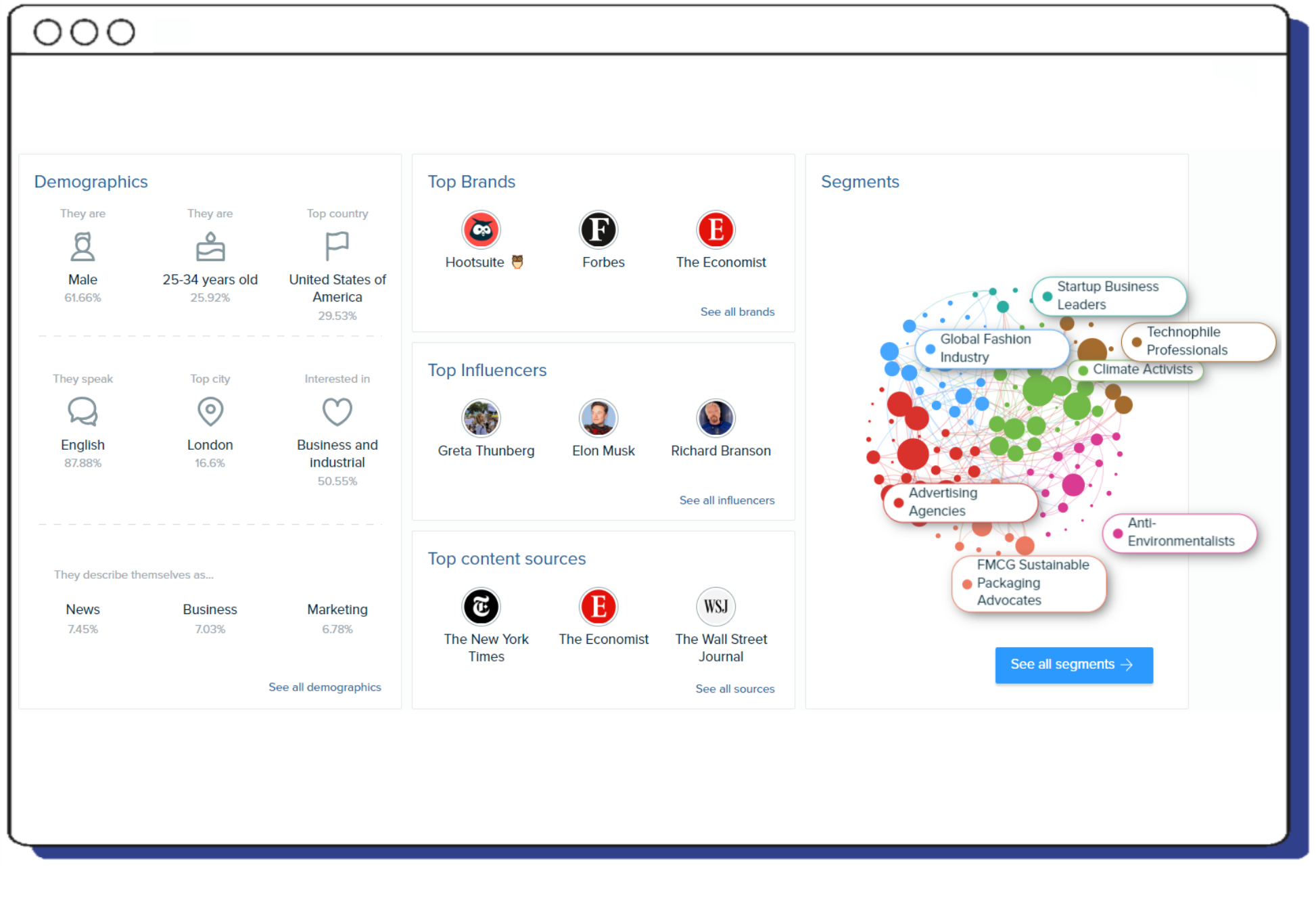
How to do audience analysis in 6 stages: A step-by-step guide
Starting with audience analysis might seem complex, but it’s all about taking it one step at a time. We’ve laid it out in six clear stages to help you navigate through the process smoothly. From gathering your initial data to putting those insights into action, each stage builds upon the last, ensuring you get a full picture of your audience, who they are, and what is important to them.
Let’s dive into these stages, showing you exactly how to uncover and utilize the insights that will bring you closer to your audience and sharpen your strategy.

Step 1: Set your goals
First things first, let’s talk goals. Jumping into audience analysis without knowing what you’re looking for is like setting sail without a destination. With Pulsar, you’ve got the tech to dive deep - real deep - into what your audience is thinking and feeling. But to make the most of this dive, you need to know what treasure you’re hunting for.
Is it the vibe around your brand you’re trying to gauge? Or maybe you’re on the lookout for the next big thing that’s just starting to buzz among your audience? Or it could be you want the lowdown on who your audience really is - beyond just numbers and charts. Setting these targets early on sharpens your focus and ensures that every bit of data you pull up is a step toward understanding the bigger picture.
So, grab a moment. Think about what “success” looks like for your brand with audience analysis, and sketch out those goals clearly.
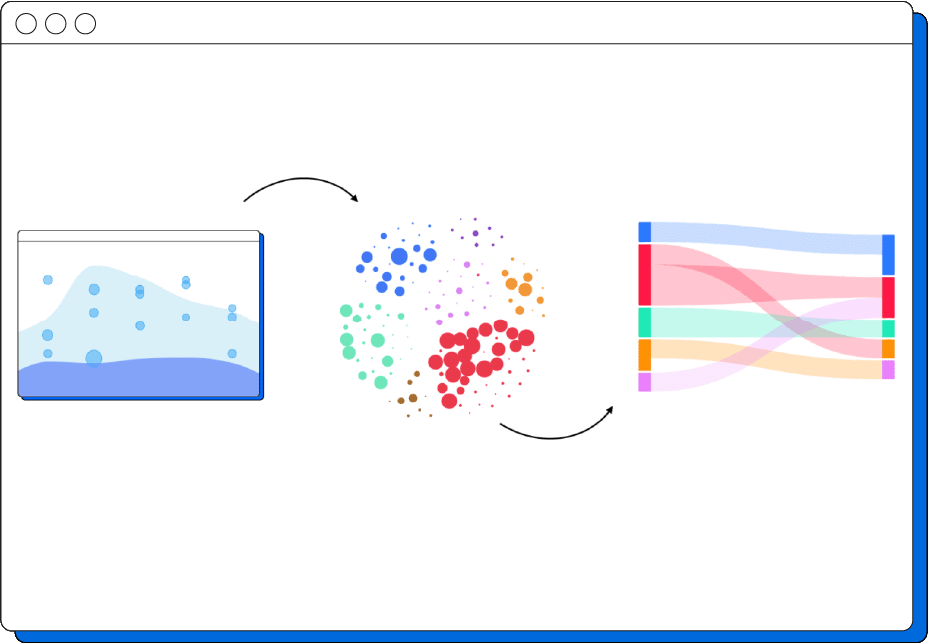
Step 2: Collect data
Now that you’ve got your targets set, it’s time to roll up your sleeves and dig into the data gathering. This stage is where you start piecing together the big picture of who your audience really is. It’s about catching all the chatter, the likes, shares, and even the quiet scrolls that say a lot more than you’d think.
You’re looking at pulling insights from every corner where your audience hangs out. This means keeping an eye on social media buzz, figuring out what content gets them talking, and understanding the deeper layers of who they are through engagement patterns.
The aim? To arm yourself with a solid stash of info that tells you more than just what your audience likes. You’re getting a full-blown sketch of their interests, behaviors, and how they interact with your brand. Collecting data is all about gathering those nuggets of knowledge that set the stage for making smarter moves down the line.
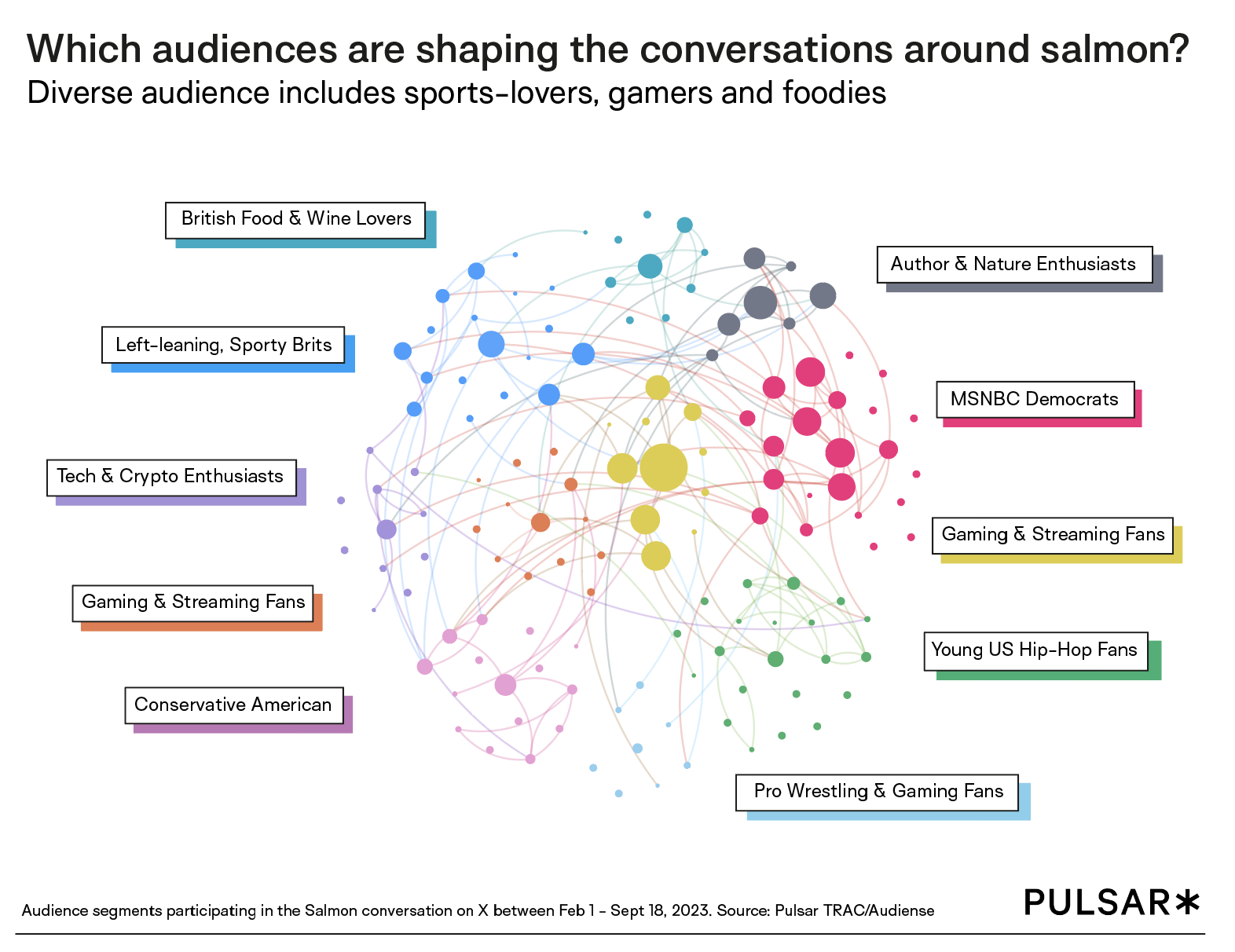
Step 3: Segment your audience
Alright, you've got your data - now it's time to make sense of it. Audience segmentation is where you get to break down that big audience into smaller, more manageable groups. It's about seeing beyond the basic stats and getting into the nitty-gritty of what makes different parts of your audience tick.
With Pulsar, segmentation goes deep. You're not just looking at who's young or old, or who lives where. You're figuring out who's super into your latest product line, who's just browsing, and who needs a little nudge. It's about splitting your audience based on what they do, what they like, and even what they believe in.
This step is super important because it means your messages can be super specific. You're talking directly to what interests each group, making your engagement with them a lot more meaningful. It's like knowing exactly what to say at a party to get into a great conversation. That's what segmenting your audience preps you for: targeted chats that really connect.
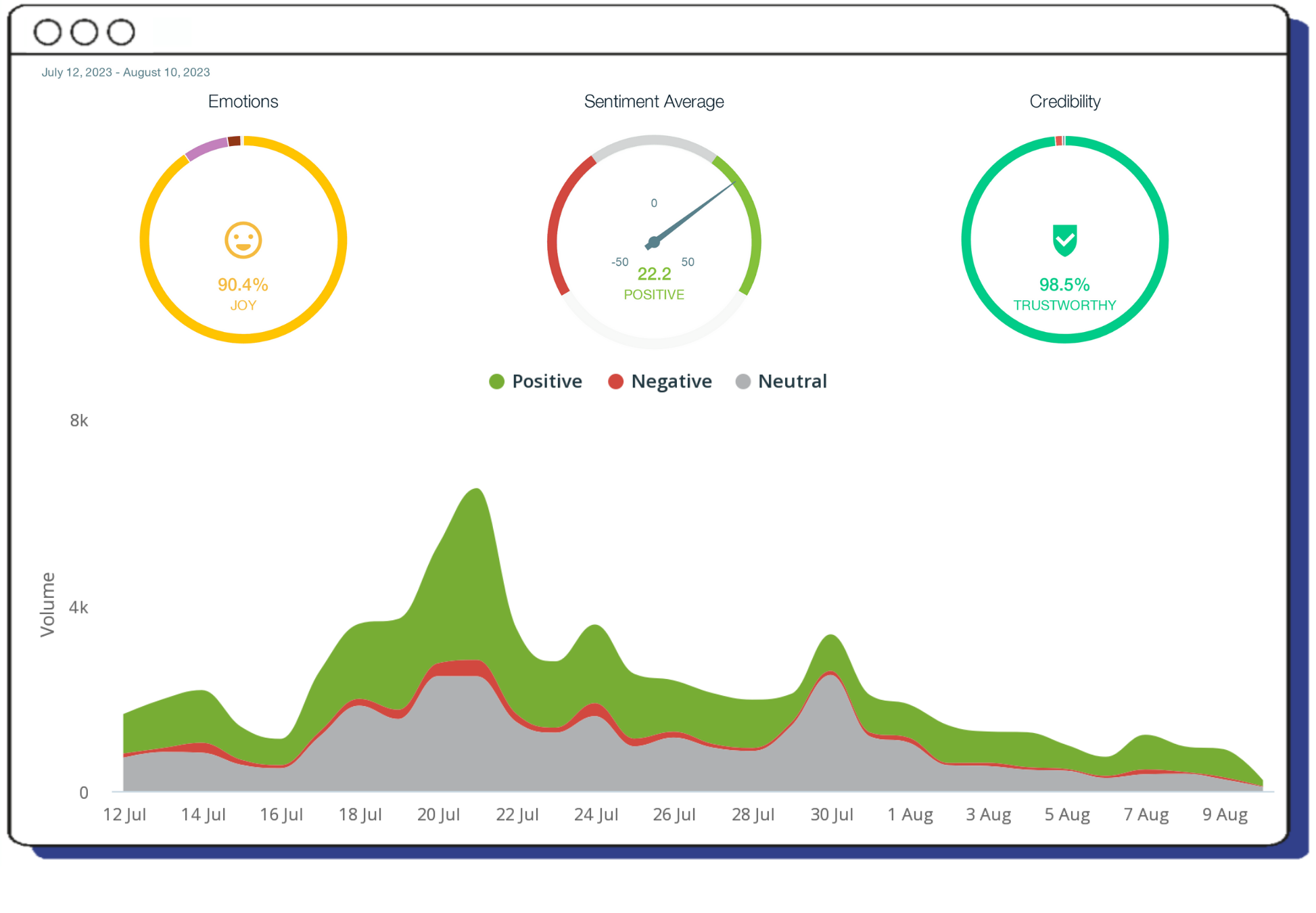
Step 4: Dive deep into analysis
With your audience segmented, it’s crucial to move into the analysis phase - this is where leveraging TRAC's analytics becomes invaluable. The platform equips you to sift through the data you’ve collected, enabling a thorough interpretation that goes beyond surface-level observations.
Using Pulsar, you can identify the key themes prevalent among your audience segments, understand the prevailing sentiments - whether positive, negative, or neutral - and spot the trends shaping their preferences and behaviors.
This analytical process is about extracting actionable insights from your data. It informs you not just about what your audience is talking about but how they feel and what they’re likely to care about in the future. These insights are what will guide your strategic decisions, ensuring they’re backed by a deep understanding of your audience’s current and evolving needs.
Deep diving into a process of analysis isn't about drowning in data; it's about getting crystal clear insights that light up your next moves. Whether it's fine-tuning your message, tweaking your content, or even shaking up your product lineup, you're making those decisions with a solid backing of what will hit the mark with your audience.
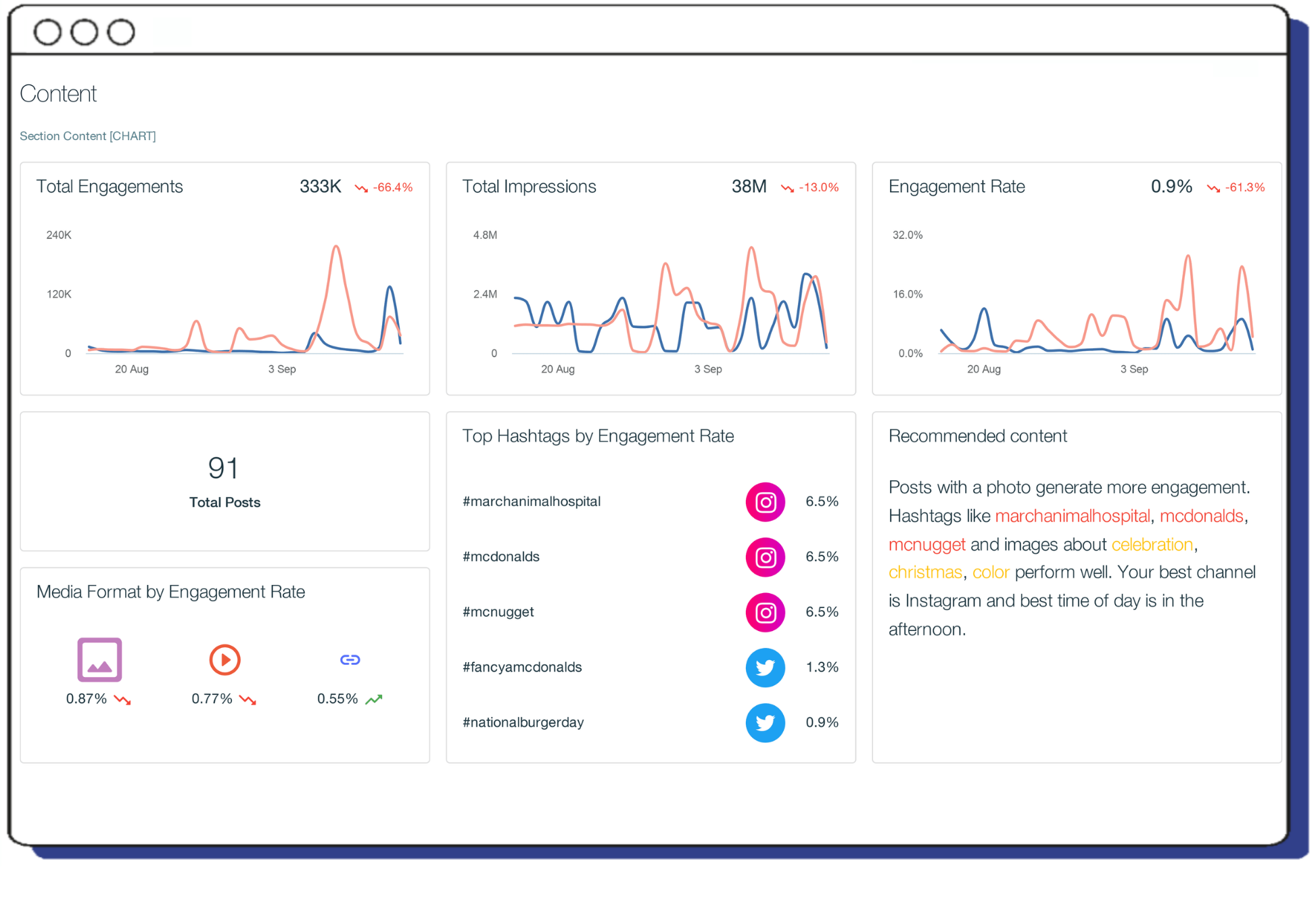
Step 5: Apply insights across your business
You’ve done the legwork, crunched the numbers, and now you have a wealth of insights. So, what’s next? It’s time to put those insights to work, weaving them into the very fabric of your business. This step is all about translating what you’ve learned into real-world actions that can transform how you connect with your audience. Here's a quick look at making those insights work for you:
- Refining content strategies: Suppose your analysis reveals a growing interest in sustainable lifestyle choices within your audience. You can capitalize on this by producing content that not only discusses sustainable practices but also positions your products as an eco-friendly option. For example, launching a blog series on reducing carbon footprints with your products or creating social media challenges that engage your audience in eco-friendly behaviors
- Enhancing product offerings: Imagine discovering a segment of your audience that loves outdoor adventures but struggles to find the right gear. This insight could lead to the development of a new line of durable, weather-resistant outdoor products. You’d be directly addressing a need, filling a gap in your offerings, and tapping into a passionate community ready to embrace what you create
- Tailoring marketing campaigns: Let’s say your audience analysis uncovers that your audience values authenticity and community support highly. You could design a marketing campaign that features real customer stories, highlighting how your product plays a role in their everyday lives. This campaign could include customer-generated content, testimonials, and a hashtag that encourages further community interaction, making your marketing efforts resonate more authentically with your target audience.
In weaving these insights into the fabric of what you do, you’re not just ticking boxes; you’re building bridges. It’s about ensuring your brand isn’t just seen but felt, creating a space where your audience knows they’re heard. Use those insights not just to meet expectations but to exceed them, fostering a brand journey that’s engaging and true to your audience's evolving needs.
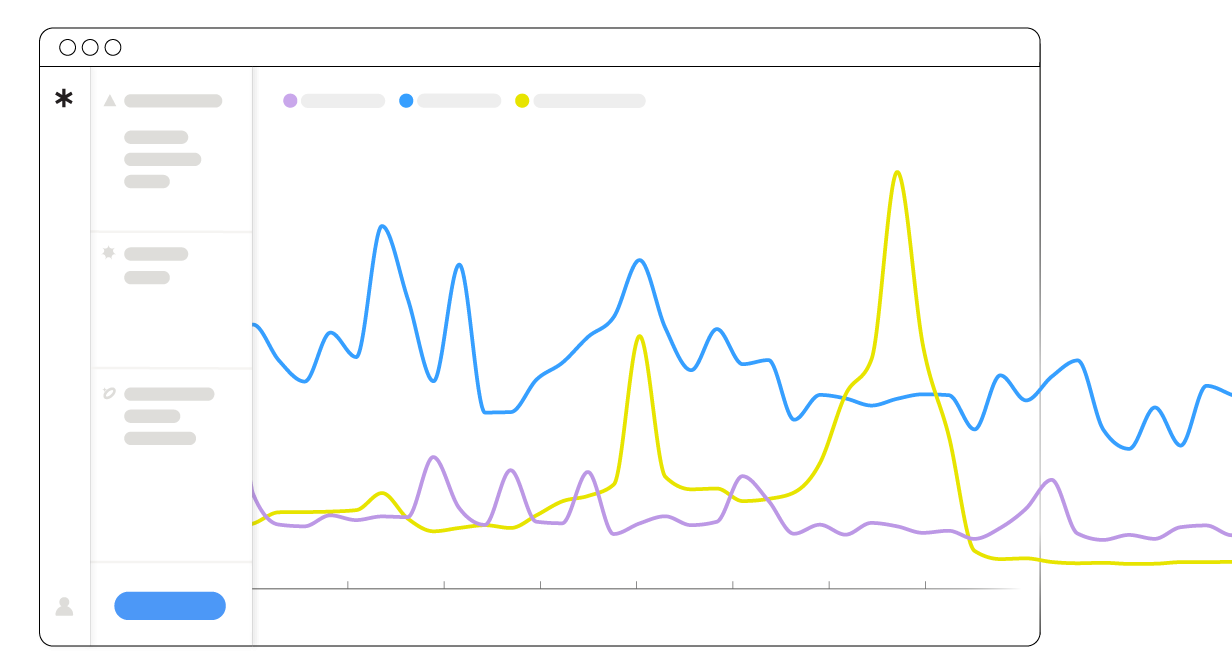
Step 6: Monitor and adapt in real-time
The final step in your audience analysis journey is all about staying on your toes. With Pulsar, you can keep an eye on how your audience reacts and how the market shifts, all as it happens. This real-time monitoring is your secret to being as agile as they come.
Imagine being able to see the ripple effect of a new campaign instantly or catching a shift in audience sentiment as it unfolds. That's the kind of responsiveness Pulsar offers. It's not just about having a strategy; it's about having a strategy that moves and breathes with your audience.
The real magic happens when you use this insight to tweak and refine. Noticed a particular type of content is hitting the mark? Lean into it more. Seeing a new trend gathering steam among your audience? Be the first to embrace it in your offerings. This continuous loop of feedback and adaptation ensures your strategies always strike the right chord.
Staying agile means your brand never gets left behind. With real-time audience analysis, you're not just keeping up; you're leading the way, ready to pivot and embrace change, ensuring your connection with your audience remains relevant and secure. In essence, real success involves constantly evolving with your audience and strategies that grow as they do.
Conclusion: Navigating the how-to of audience analysis
Knowing how to do audience analysis is your key to really getting where your audience is coming from and where they’re headed. It’s about putting those steps into action, from kicking off with solid goals to staying sharp with real-time updates. This isn’t a one-and-done deal; it’s an ongoing process, keeping your strategy dialed into what matters most to your community. Stick with it, and you’ll see just how much it can amp up your connection with your audience.
